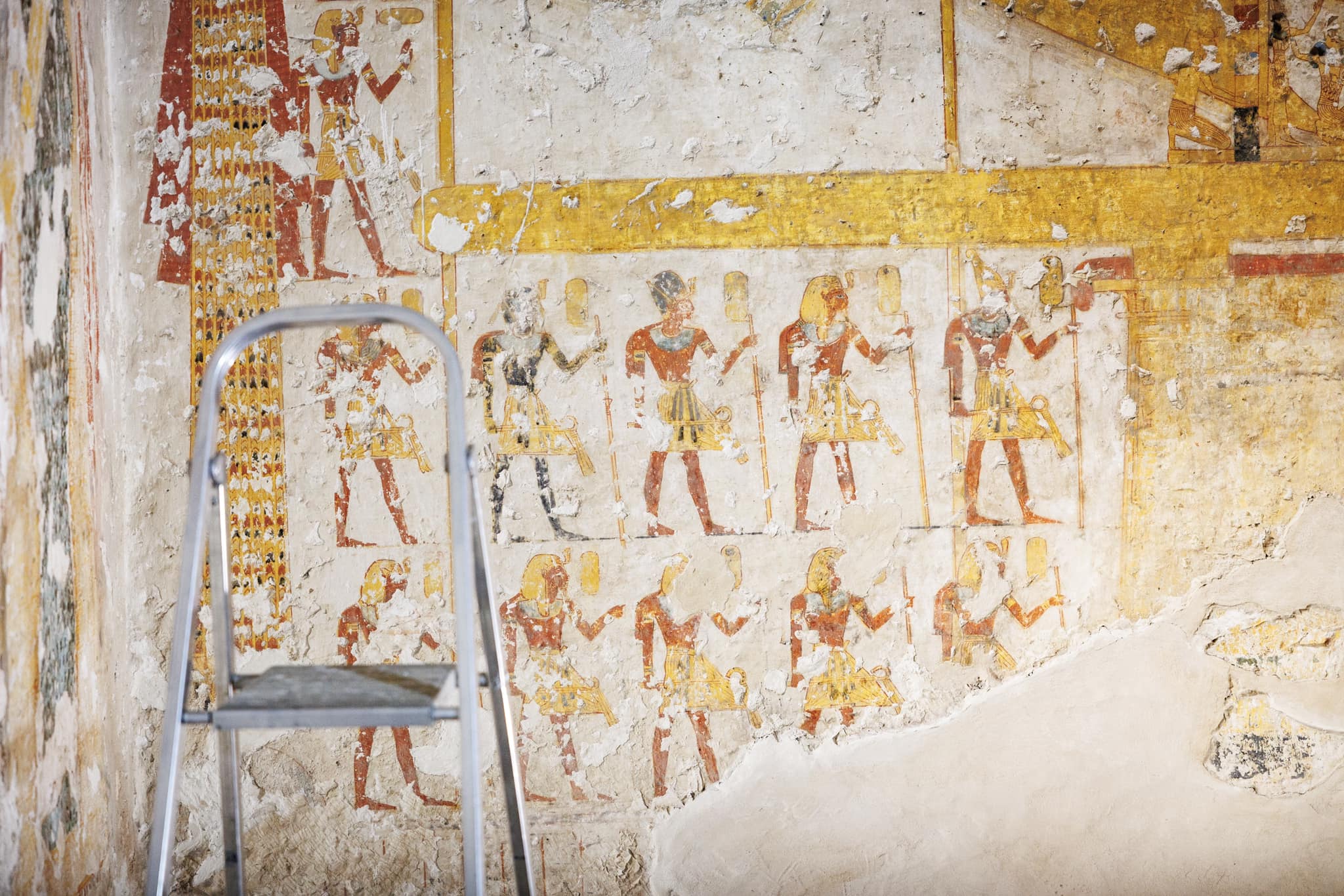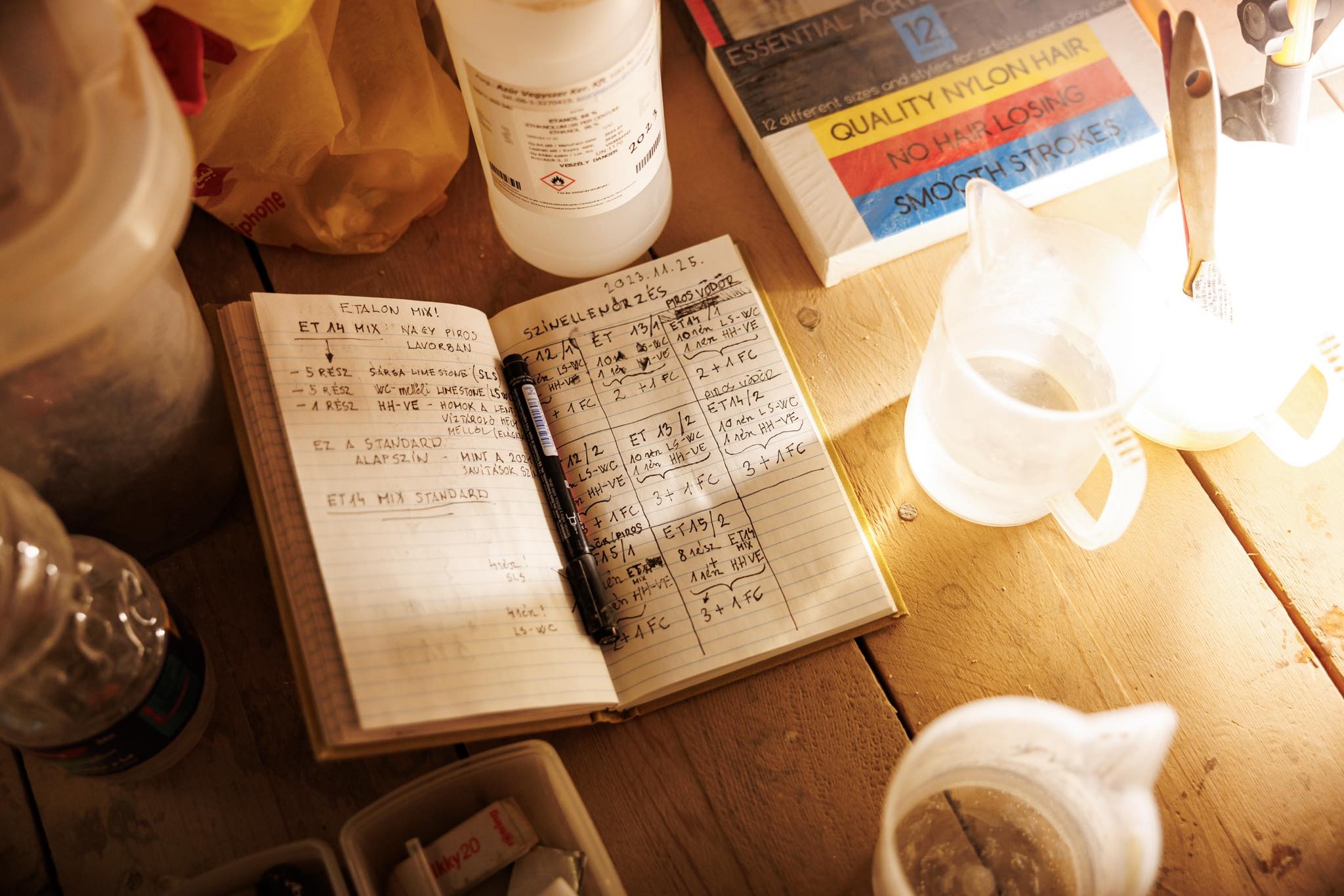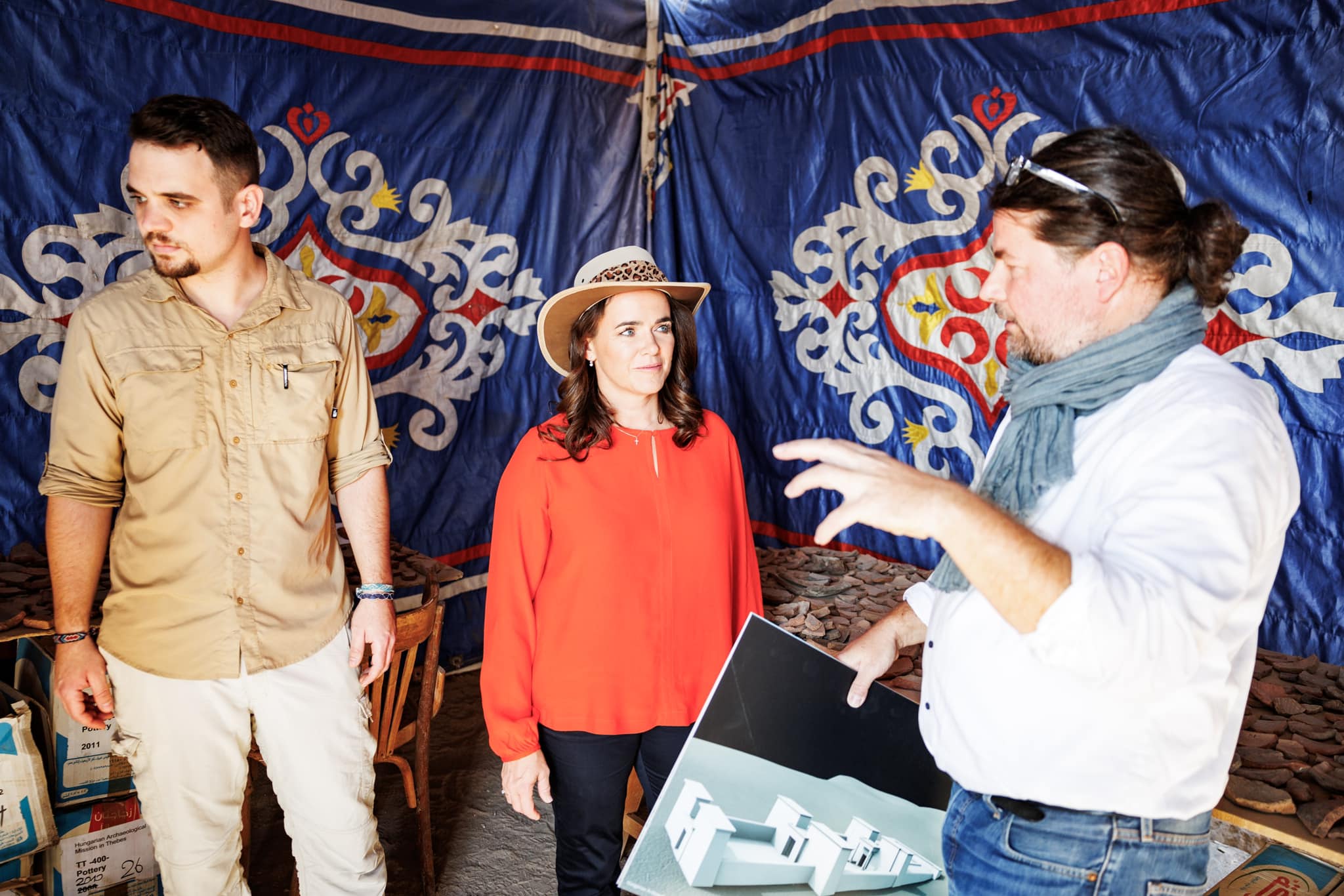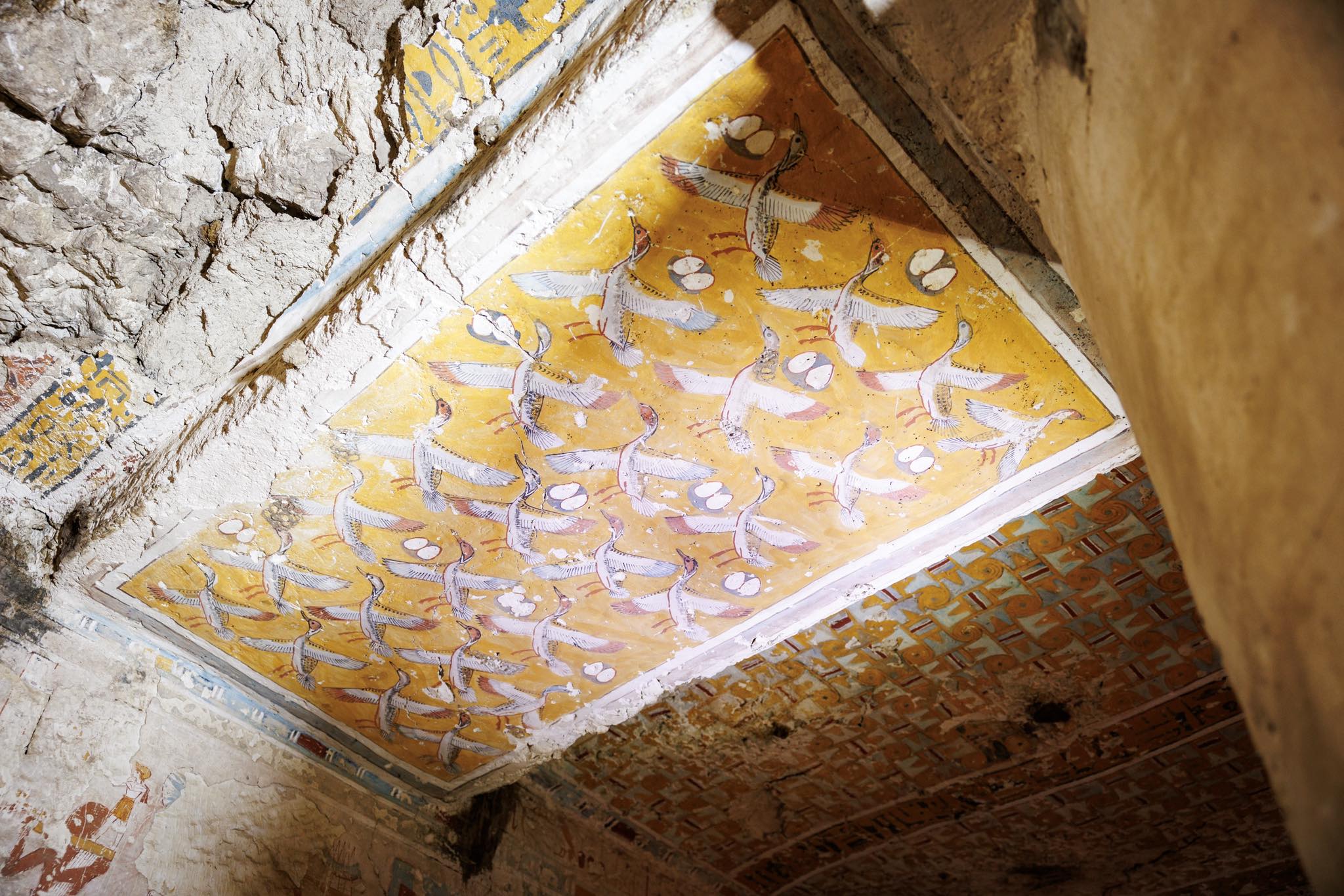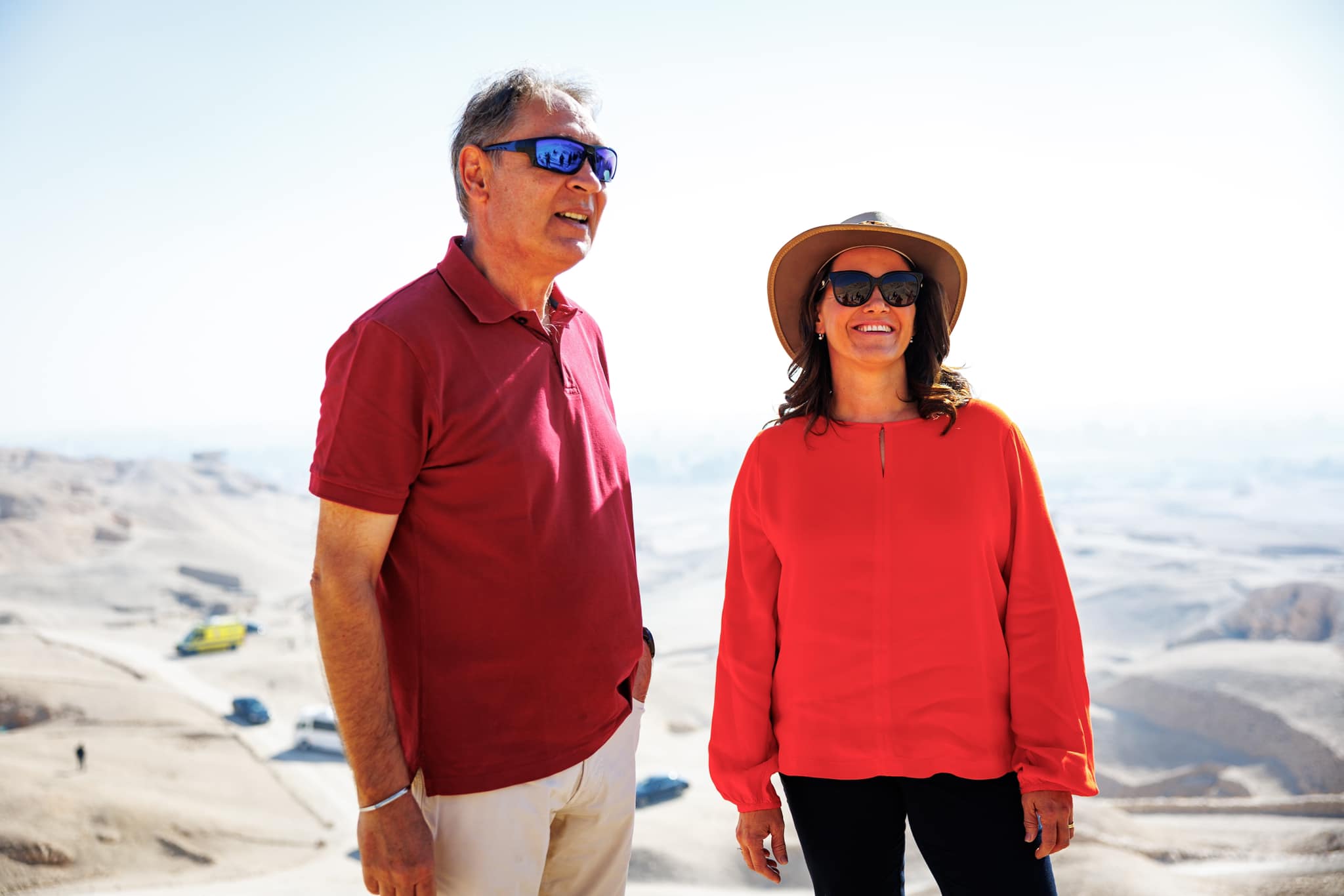Katalin Novák at a Hungarian archaeological excavation in Egypt
President Novák visited the burial site of dignitaries who had lived more than three thousand years ago near Luxor.
Tamás Bács, Associate Professor at the Department of Egyptology at Eötvös Loránd University, told public media at the site that Hungarian archaeologists are currently working on site in three concessions.
One team is excavating an 80-by-40- metre area, which includes a hermitage monastery dating back to the 6th century BC. The area hides several unique tombs within the Theban cemetery, said Tamás Bács. He added that experts conduct a wide range of research there, including in art history, linguistics, archaeology and architecture.
The other research group has the opportunity to focus on one of the cemetery's earliest periods, dating back to the time of Pharaoh Ramesses II., while the third group is involved in uncovering an elaborate burial system.
Tamás Bács highlighted that Hungarian Egyptology has played a decisive role in universal Egyptology for 40 years. Mexican, German, Argentinian and American archaeologists are also working in the area, and the 30-member Hungarian expedition also plays a major role in the excavation.
Teachers, students and three restoration specialists of the Hungarian National Museum also take part in the project, said Judit Hammerstein, Acting Director General of the Museum.
The President will address the UN Climate Change Conference (COP28) in Dubai on Friday.


